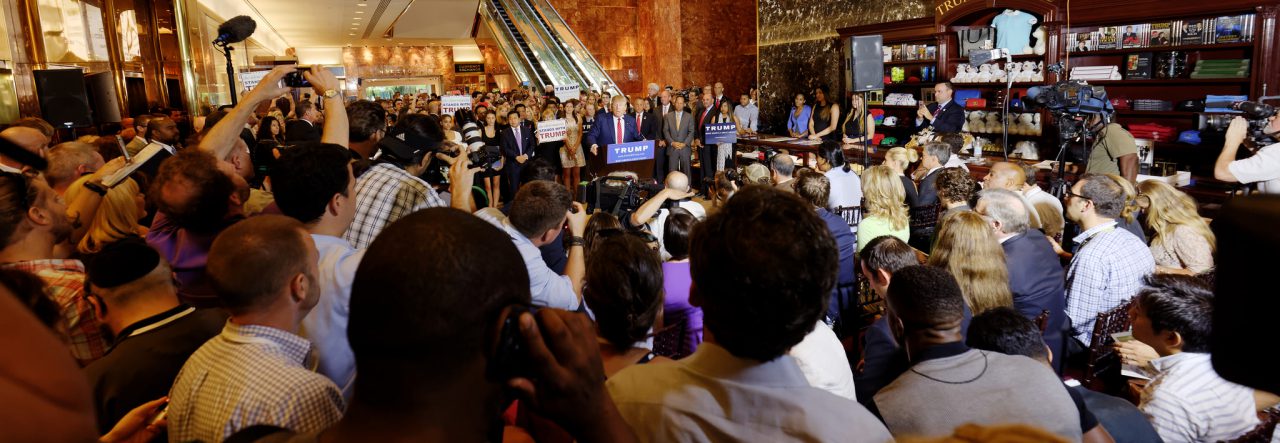I just finished sending back your reviews of Anthony Lewis’ “Freedom for the Thought That We Hate.” You clearly found the book engaging and interesting. If I have an objection to Lewis, it is that he jumps around quite a bit and makes it difficult to focus on the few cases that are most important.
We are not going to have time for me to lecture on the great First Amendment cases. Many of you are already taking Professor Leff’s course, and thus it would be redundant for you. But I do want to highlight what I think are the most important cases and what they mean for freedom of speech and the press.
Gitlow v. New York (1925). The Supreme Court ruled for the first time that, under the 14th Amendment, no government official at any level, including state or local, could abridge the First Amendment. Prior to that, “Congress shall make no law” meant quite literally that.
Near v. Minnesota (1931). The Supreme Court ruled that prior restraint — that is, censorship — was a violation of the Constitution except in a few very narrowly tailored circumstances: serious breaches of national security akin to revealing the movement of troops during wartime; obscenity; and incitement to violence. The Pentagon Papers case (New York Times v. United States, 1971) is sometimes thought of as a landmark decision, but it is really just a natural outgrowth of Near.
New York Times v. Sullivan (1964). Prior to this decision, libel was generally defined as false, defamatory speech — period. In Times v. Sullivan, the Supreme Court ruled that a public official could not successfully sue for libel unless he was also able to show that the false, defamatory content was published with “actual malice” — that is, that it was published in the knowledge that it was false or that it was published with “reckless disregard for the truth.” The actual malice standard was later extended to public figures as well.
Brandenburg v. Ohio (1969). This case resolved decades of debate over the meaning of incitement to violence, starting with Justice Oliver Wendell Holmes’ declaration in Schenck v. United States (1919) that “falsely shouting ‘fire’ in a crowded theater” was not constitutionally protected speech. In Brandenburg, the Supreme Court ruled that speech was protected unless it created a serious, imminent threat of violence — such as a speaker at a rally urging the mob to burn down a house.
Branzburg v. Hayes (1972). The Supreme Court ruled that the First Amendment does not grant to journalists the right to protect their anonymous sources, meaning that under certain circumstances they can be ordered by a judge to reveal the names of their sources. Forty-nine states (Wyoming being the only exception) offer some protection for journalists, but the federal system does not. In keeping with the “enigmatic concurring opinion” of Justice Lewis Powell in Branzburg, judges generally weigh factors such as the importance of the information sought and whether there are any other ways of getting it before deciding whether to order a journalist to reveal her sources.
